INTRODUCTION
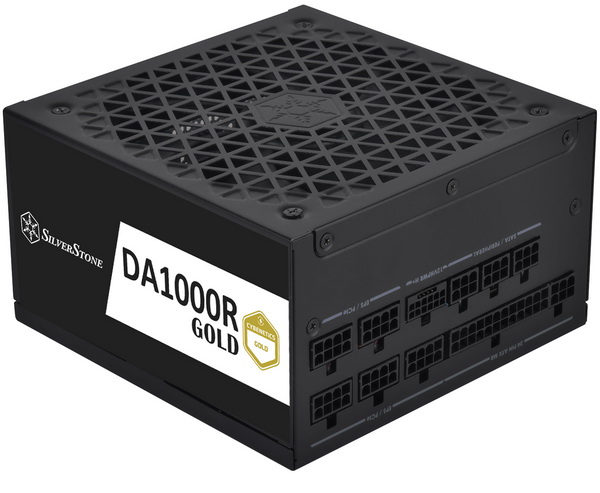
The introduction of the latest PCIe 5.0 and ATX 3.0 standards for power supply units has as expected given a strong incentive for manufacturers all over the world to upgrade their product lines. Currently such power supply units may not be a must for every person out there (not unless you have an RTX40XX which requires an +12VHPWR connector - and even then, you can always use an adapter) but with AMD, Intel and NVIDIA developing new products tailored for them it's only a matter of time before sales skyrocket and previous generation ATX 2.XX models get completely phased out. SilverStone was among the very first companies to release PCIe 5.0 and ATX 3.0 compatible models and today with me i have their Decathlon Series 1000W DA1000R model.
Founded in 2003, SilverStone is an established leader in its field, with an elite team of engineers; we started our quest of providing products that create inspirations. We have since expanded the lines of products as well as types of products we produce, giving our customers a wide selection of choices. With distribution centers in different areas of the globe, SilverStone products can be seen all over the world, not just for computer users but also for home entertainment use. Providing leisure with integration of advanced technologies that is functional and making them enjoyable to use.
The Decathlon DA1000R is currently the only model in its product line and typically we're talking about a fully modular unit which according to SilverStone roughly conforms to the 80 PLUS Gold certification specs by delivering between 87% and 89% electrical efficiency (it's not however 80 PLUS Gold certified). The DA1000R can deliver up to 1000W of continuous power (1138W peak - 2000W for up to 100ms, always according to ATX 3.0 specs) and features a single strong +12V rail (83.5A) which can deliver the units entire power output (1000W), single +12VHPWR connector (600W), active PFC, LLC full bridge topology, semi-fanless mode (fan doesn't spin until 30% load), 100% Japanese capacitors and several electrical protections including OVP (over-voltage), SCP (short-circuit), OPP (over-power), UVP (under-voltage), OCP (over-current) and OTP (over-temperature). As with past models SilverStone covers the Decathlon DA1000R ATX 3.0/PCIe 5.0 power supply unit with a very generous 10-year limited warranty.
SPECIFICATIONS AND FEATURES

PACKAGING AND CONTENTS
SilverStone uses a blue and yellow box to ship their DA1000R inside which as usual has their logo and a large product picture at the front.

 The main product features are showcased on the left side of the box whereas on the right side we find several certifications along with the serial and product numbers and barcodes.
The main product features are showcased on the left side of the box whereas on the right side we find several certifications along with the serial and product numbers and barcodes.
Moving at the rear we find the units electrical table, specifications, efficiency graphs and available connectors.
As usual the unit is placed between two foam spacers with the modular cables placed right next to it.
Along with the Decathlon DA1000R, its modular power cables and its power cord inside the box you'll also find 4 mounting screws, user manual and a product guide.
THE DA1000R EXTERIOR
As with other PCIe 5.0 and ATX 3.0 models the DA1000R uses a sleeved cable for the +12VHPWR connector and low profile (slim) cables for everything else.
Measuring 150mm in length, 150mm in width and 86mm in height the DA1000R is your typical sized PSU.
SilverStone has placed their logo at the center if the grille just over the 135mm fan.
The company logo along with the model’s name and its certification are placed on both sides of the enclosure.
Turning the DA1000R over we find the electrical table on a large sticker.
All 11 power ports are both different in size and tagged.
At the rear of the DA1000R we find the usual perforation along with the on/off power switch, semi-fanless button and the power port.
THE DA1000R INTERIOR
The 135mm fluid dynamic bearing fan is one we've seen numerous times in the past, manufactured by Hong Hua with rotational speed of 2300RPM.
Judging from what i see CWT (Channel Well Technologies) should be the OEM behind the DA1000R.
Primary capacitor is manufactured by Nippon Chemi-Con and is certified for use up to 105 degrees Celsius.
Secondary capacitors are manufactured by both United Chemi-Con and nichicon and are also certified for use up to 105 degrees Celsius.
TEST BED
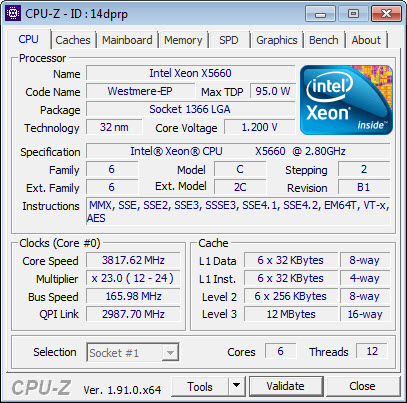

TESTING METHODOLOGY
Using a dedicated measurement instrument such as a Chroma or a SunMoon to test power supply units is without doubt the most ideal and accurate way (not to mention the fastest) to do that currently. However, it's certainly not the only way there is and so pretty much anyone can test a power supply unit just by using a test rig. Certainly, limitations do apply and so you can't really push a 1000W power supply to its limits if your system only uses 500W at peak loads and that's why over the years we saved certain hardware components for the purpose of building a dedicated PSU test rig. True it may not be as accurate as the above mentioned solutions but it comes really close and is in fact much closer to real world usage. So as always, we ran several games with maximum graphic options enabled at a resolution of 2560x1600 in order to stress every hardware component and increase the overall power demands of the system. The Passmark BurnIn Test was also used to overstress the components in an effort to provide the most accurate results possible. As a final test we also used the latest OCCT 4.4 software and its dedicated PSU testing suite since it can really bring a power supply to its knees after inside a few minutes.
Rail stability was checked/measured with the CPUID Hardware monitor and a Metex multimeter which also recorded the system load in idle and in load. As always try to remember that the power consumption numbers listed in the graph are the highest (Peak) ones recorded during the entire duration of the tests and not the average ones. Noise levels coming from the fan were recorded using the high precision HD600 ExTech Sound dBA Meter from the rear of the unit and at a range of no more than 5-10cm. Readings under load are recorded the exact moment we manually switch the fans of all graphics cards from full speed to almost zero, that way the fan of the power supply does not have enough time to slow its RPM and so by doing this we get very accurate noise level readings. Needless to say, in order to get 100% accurate readings, you need to have a noise isolated room for that exact purpose, something which is quite impossible unless you are working inside a real lab (some people use very small noise insulated boxes but due to their size both heat and noise exceed normal levels and so the results can't really be considered to be 100% accurate, nor realistic for that matter). Also do take into account that since all noise measurements take place from just 5-10cm away the final noise levels to reach your ears will be considerably less.
* After well over 10 years of testing PSUs the Intel Core i7-920 CPU of this rig failed and so we replaced it with a Xeon X5660 (we also swapped the GA-X58A-UD7 for the G1. Assassin).
TEST RESULTS



CONCLUSION
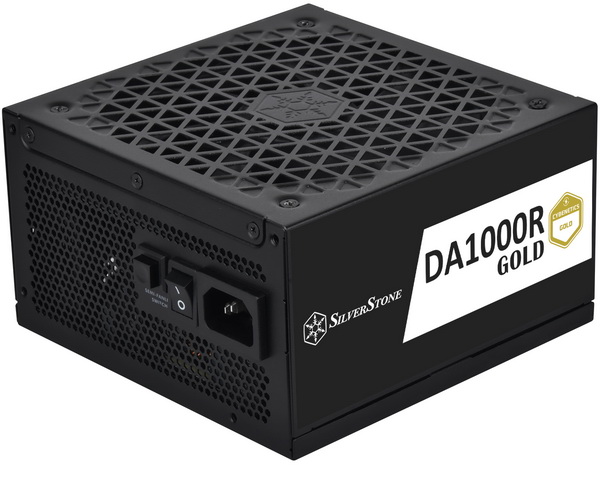
It's clear from today's charts that even though the DA1000R is not the best PCIe 5.0 and ATX 3.0 model to ever arrive in the lab it does offer good rail stability overall (+12V could be better), equally good electrical efficiency (although 87-89% is not quite as good as some of the 80 PLUS Gold units I’ve reviewed to date) and in terms of build quality although far from perfect it's a solid platform (CWT did an overall good job - yes this model seems to be almost identical to the MPG A1000G PCIE5). Unfortunately, the same can't be said about the fan SilverStone has used since at slightly over 100% load its curve is quite aggressive resulting to over 55dBA of noise from just 10cm away (should be around 45dBA from the usual 1 meter test most companies perform). Once again you shouldn't be getting an 1KW output unit if you plan on maxing it out but even if you do again chances are that noise coming from your CPU and/or GPU coolers should mask any coming from the power supply. As for lacking the 80 PLUS Gold certification well that could be somewhat troublesome in the long run, not so much from a technical standpoint (i don't have the necessary equipment to check and see for myself what the electrical efficiency of the DA1000R is and even if i did it's not like i can get many samples of each line by every single manufacturer to verify my findings) but rather due to obvious marketing concerns (80 PLUS has been the industry standard for almost 2 decades now). I do realize that from time to time some manufacturers may choose to cut corners in order to reduce costs but choosing to basically "ditch" the most well-established and recognized electrical efficiency certification alltogether (this applies for all the latest models by SilverStone) could potentially drive away some consumers.
Pricing is where it all comes down to and currently the Decathlon DA1000R by SilverStone retails for USD216.80 inside the USA (Amazon.com) and for 282.65Euros inside the EU (Amazon.de) a price tag which is considerably higher on this side of the Atlantic compared to the MPG A1000G PCIE5 model by MSI (roughly 8% on the other side and 30% on this side - these two are nearly identical as far as I can tell). At the end of the day the Decathlon DA1000R is a solid PCIe 5.0 and ATX 3.0 power supply unit but I do think SilverStone could do better. That being said I highly recommend checking it out if you can find it at a lower price tag than the ones mentioned here, it may not be perfect but it will not let you down.
PROS
- Build Quality
- Good Rail Stability
- ATX 3.0 & PCIe 5.0
- Electrical Protections (OCP/OVP/SSP/OPP/UVP/OTP)
- 10 Year Limited Warranty
- Price (For Some)
CONS
- Noise Levels
- Price (For Some)
- Lack Of 80 PLUS Certification (For Some)

 O-Sense
O-Sense





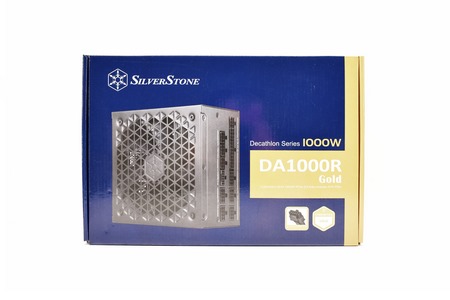


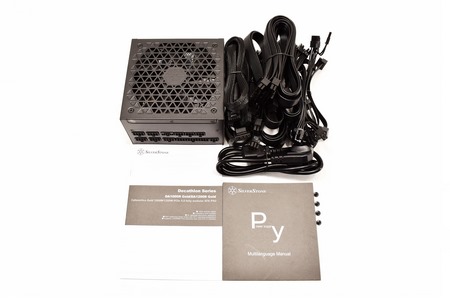
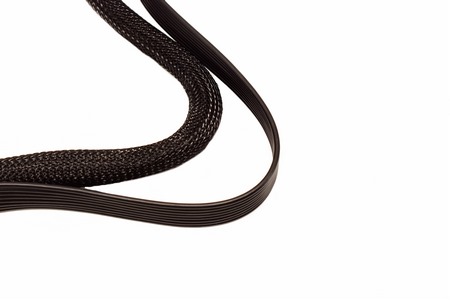
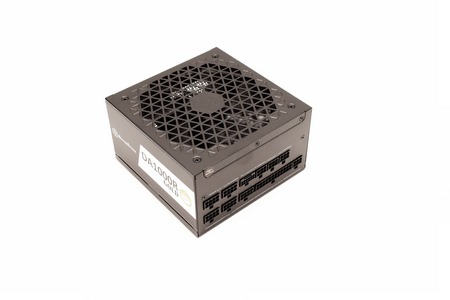
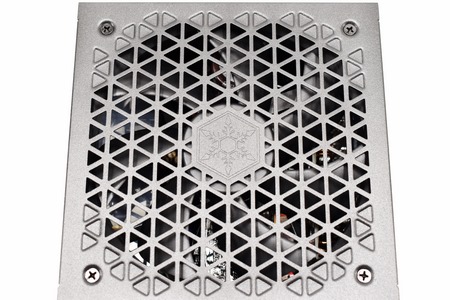
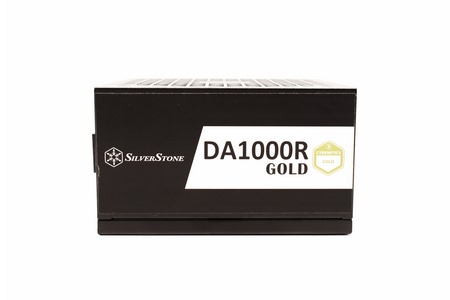
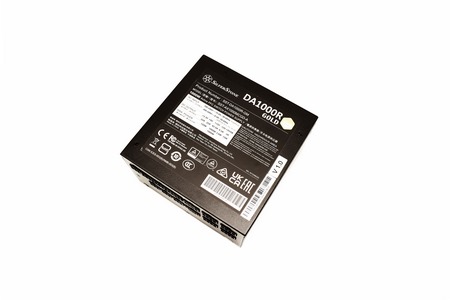

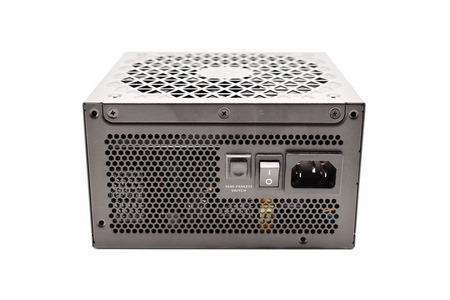
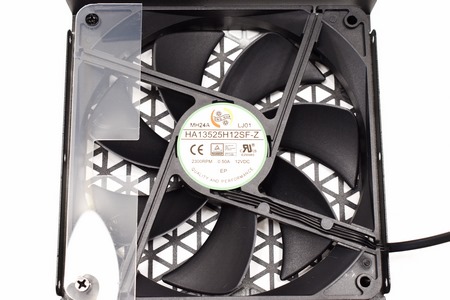
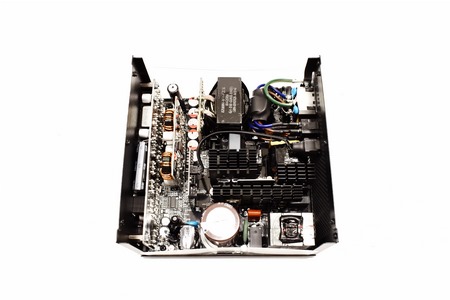
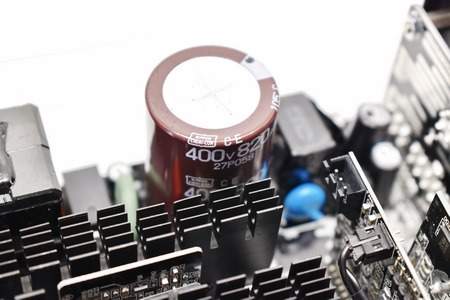



.png)

